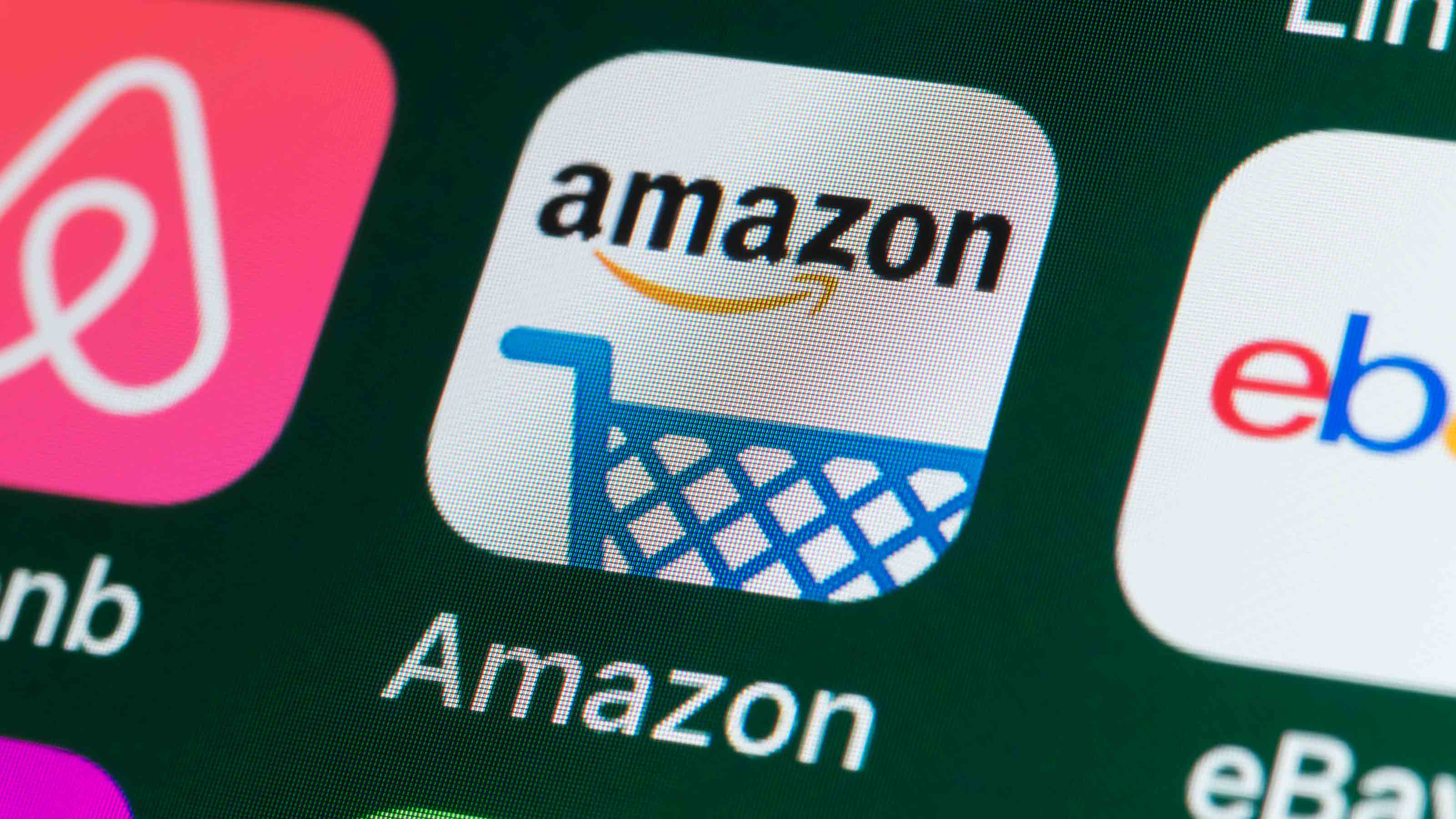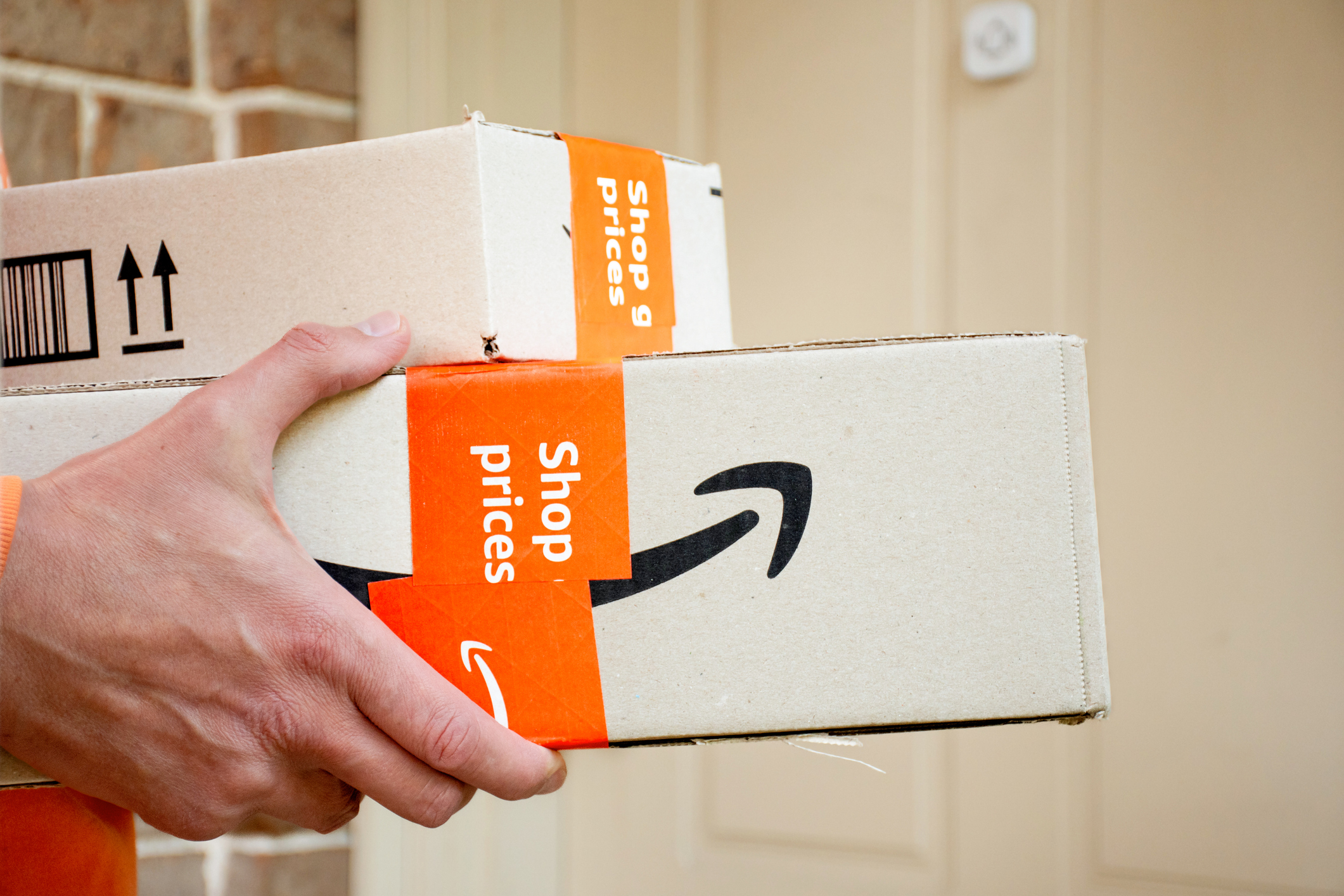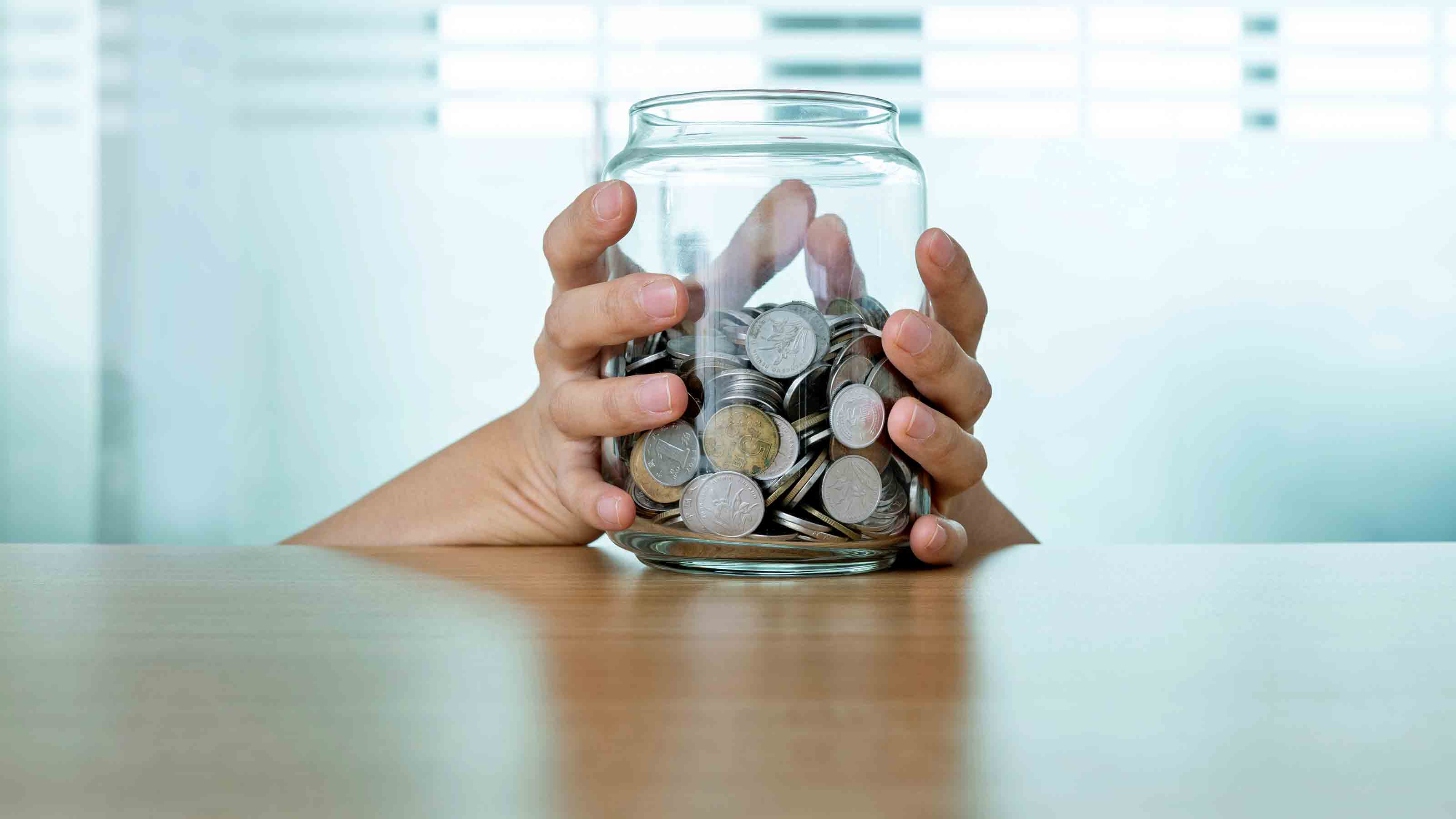12 Ways to Save Money by Going Green
Take these steps on Earth Day and every other day to benefit the environment and your pocketbook.

Happy Earth Day. This global event celebrated on April 22 aims to raise awareness about environmental issues. So how are you going green to help protect the planet?
There actually are several steps you can take to improve the environment while improving your personal finances. That’s right – you can save money by reducing your energy consumption and water use, limiting greenhouse gas emissions and keeping more waste out of landfills. Here’s how:
Plant trees. Strategic planting of trees can reduce an unshaded home’s air conditioning costs 15% to 50%, according to the U.S. Department of Energy, which has tips on landscaping for shade. Utility companies offer customers free trees throughout the year to help reduce energy use through strategic planting, so check with yours to see if it offers such a program. Some local governments give away trees as part of Arbor Day celebrations. National Arbor Day is the last Friday in April, but many states observe it on different days. Check your local government’s Web site to find out if it is giving away trees as part of an Arbor Day celebration. For $10, you can join the Arbor Day Foundation and get ten free trees. Plus, your membership entitles you to a 33% discount on trees when you buy online from the foundation.
From just $107.88 $24.99 for Kiplinger Personal Finance
Become a smarter, better informed investor. Subscribe from just $107.88 $24.99, plus get up to 4 Special Issues

Sign up for Kiplinger’s Free Newsletters
Profit and prosper with the best of expert advice on investing, taxes, retirement, personal finance and more - straight to your e-mail.
Profit and prosper with the best of expert advice - straight to your e-mail.
Bike to work. By leaving your car at home two days a week, you can reduce your greenhouse gas emissions by more than 3,000 pounds a year, according to the U.S. Environmental Protection Agency. Plus, you’ll save money on gas and parking if you bike rather than drive to work. For example, you’ll save about $7 a day by biking rather than driving if you have a 15-mile round-trip commute. Use our How Much Can I Save Biking to Work? Tool to see what the financial benefits are for you. If biking isn’t an option, you still can drive less by organizing a carpool, using public transportation or walking.
Install a programmable thermostat. You can save an estimated 10% a year on heating and cooling costs by installing a programmable thermostat, according to the Energy Department. Save energy in the winter by setting the thermostat (which costs as little as $20) to 68 degrees while you're awake and programming it for a lower temperature while you're asleep or away from home. Set it for 78 degrees in the summer, and increase the temperature when you’re not home. You can shave 1% off your bill for each degree you decrease the temperature in the winter or increase it in the summer. And, no, you won't have to use more energy to warm or cool your house off when you get home. That's a common misconception, according to the Energy Department.
Eat less meat. The meat industry generates about one-fifth of the world’s man-made greenhouse gas emissions, according to estimates from the United Nations’ Food and Agriculture Organization. So if your family skipped eating steak once a week, it would be the equivalent of taking your car off the road for nearly three months, according to the Earth Day Network. And you’d save money. For example, a sirloin steak costs twice as much per pound as chicken breasts and nearly five times as much as beans, according to the U.S. Bureau of Labor Statistics.
Switch your light bulbs. You can save $70 a year on your energy bill by replacing the light bulbs in five of your most frequently used fixtures with Energy Star qualified LED or CFL bulbs, according to the EPA. These bulbs use 75% less energy than traditional incandescent bulbs and last ten to 25 times longer.
Install water-efficient fixtures. You can save money on your water bill by installing water-efficient faucets, showerheads and toilets. Look for products with the WaterSense label, which means they are certified to be at least 20% more efficient without sacrificing performance. For example, WaterSense-labeled toilets can save a family of four more than $90 annually on their water bill and $2,000 over the toilet’s lifetime, according to the EPA. Considering you can get a toilet with the WaterSense label for as little as $98, it will pay for itself in about a year. Estimate your savings with this simple calculator.
Recycle electronics. Americans discard more than 2 million tons of obsolete electronic products annually, according to the EPA. Rather than fill the dump with your unwanted gadgets, fill your wallet by selling them for cash. Sites such as BuyMyTronics.com, Gazelle, NextWorth and uSell pay cash -- and cover the cost of shipping -- for electronics such as smart phones, tablets, computers and more. The type of electronics you can sell varies by site, as does the amount you can receive. If none of the sites will accept your unwanted electronics, you may be able to recycle or donate them. See the EPA’s eCycling list for responsible electronics recyclers.
Compost. Americans spend $5.25 billion on fertilizers for their lawns, according to the EPA. Yet, you can get fertilizer for free by composting leaves, grass clippings, vegetable scraps and other organic waste. Plus, composting can divert as much as 30% of household waste from the garbage can, according to Eartheasy. See the Eartheasy guide to composting to learn more.
Use rain barrels. You may be able to cut your water costs a little by installing rain barrels at downspouts to collect water. You can attach a hose to the barrels to water your lawn and garden. Some water departments offer free rain barrels, so check with yours to see if it does. If not, you can find rain barrels at home and garden centers and online (about $100 for a 50-gallon barrel). Or you can make your own using a large plastic trash can or metal drum for a fraction of the cost.
Opt for a reusable water bottle. You’re doing your health a favor by drinking water rather than soda. But if you’re buying bottled water, you’re not doing your wallet or the environment a favor. According to the most recent statistics from the International Bottle Water Association, Americans spent $11.8 billion on bottled water in 2012. Considering that the average cost per bottle is $1.45 and the average consumer buys 167 bottles a year, you’ll spend more than $240 a year on bottled water at that rate. For the cost of just a few disposable bottles of water you can buy a reusable bottle that you can fill and carry with you wherever you go.
Buy a power strip. Energy vampires – electronics that draw power even when they’re not in use – cost Americans almost $10 billion a year, and account for almost 11% of all U.S. energy use, according to the EPA. If you want to avoid unplugging all of your electronics when they’re not in use, you can buy an inexpensive power strip that several things can be plugged into and turned off with the flip of a switch. The Smart Strip Power Strip ($25 and up) will automatically shut off computer peripherals, such as printers and scanners, when not in use. And the Belkin Conserve Smart AV ($29.99) automatically shuts off components, such as a gaming console, receiver and speakers, when you turn off your TV.
Line dry clothes. Clothes dryers can be one of the most expensive home appliances to operate, accounting for approximately 6% of a home's total electricity usage, according to the California Energy Commission’s Consumer Energy Center. Because all dryers use about the same amount of energy, the best way to save money -- and benefit the environment -- is to line dry your clothes whenever you can.
Profit and prosper with the best of Kiplinger's advice on investing, taxes, retirement, personal finance and much more. Delivered daily. Enter your email in the box and click Sign Me Up.

Award-winning journalist, speaker, family finance expert, and author of Mom and Dad, We Need to Talk.
Cameron Huddleston wrote the daily "Kip Tips" column for Kiplinger.com. She joined Kiplinger in 2001 after graduating from American University with an MA in economic journalism.
-
 Gold and Silver Shine as Stocks Chop: Stock Market Today
Gold and Silver Shine as Stocks Chop: Stock Market TodayStocks struggled in Friday's low-volume session, but the losses weren't enough to put the Santa Claus Rally at risk.
-
 Don't Wait Until January: Your Year-End Health Checklist to Kickstart 2026
Don't Wait Until January: Your Year-End Health Checklist to Kickstart 2026Skip the fleeting resolutions and start the new year with a proactive plan to optimize your longevity, cognitive health, and social vitality.
-
 Premium Rewards Cards: More Perks, Higher Fees
Premium Rewards Cards: More Perks, Higher FeesSome issuers are hiking the annual fee on their flagship luxury credit cards by hundreds of dollars. Are they still worth using?
-
 Five Ways to Save on Vacation Rental Properties
Five Ways to Save on Vacation Rental PropertiesTravel Use these strategies to pay less for an apartment, condo or house when you travel.
-
 How to Avoid Annoying Hotel Fees: Per Person, Parking and More
How to Avoid Annoying Hotel Fees: Per Person, Parking and MoreTravel Here's how to avoid extra charges and make sure you don't get stuck paying for amenities that you don't use.
-
 How to Appeal an Unexpected Medical Bill
How to Appeal an Unexpected Medical Billhealth insurance You may receive a bill because your insurance company denied a claim—but that doesn’t mean you have to pay it.
-
 Amazon Prime Fees Are Rising. Here’s How to Cancel Your Amazon Prime Membership
Amazon Prime Fees Are Rising. Here’s How to Cancel Your Amazon Prime MembershipFeature Amazon Prime will soon cost $139 a year, $180 for those who pay monthly. If you’re a subscriber, maybe it’s time to rethink your relationship. Here’s a step-by-step guide to canceling Prime.
-
 How to Haggle for Almost Anything
How to Haggle for Almost AnythingSmart Buying Learning how to haggle is an invaluable skill. These strategies will help you negotiate a better price for just about any product or service.
-
 Disability Insurance Can Provide COVID Coverage
Disability Insurance Can Provide COVID CoverageCoronavirus and Your Money If you are concerned about long-term complications from COVID-19, consider disability insurance coverage.
-
 21 Things You Can't Return to Amazon — Either Online or In-Store
21 Things You Can't Return to Amazon — Either Online or In-StoreDid you know there are things you can't return to Amazon? Before adding these 21 items to your cart, be sure to read Amazon's return policy first.
-
 How to Avoid a Charity Scam
How to Avoid a Charity Scampersonal finance Scammers never quit, even when you're trying to be altruistic. But you can avoid getting duped if you do your homework.